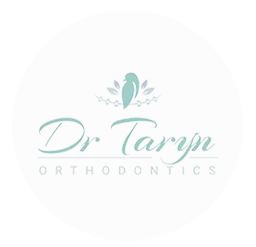Children are welcome
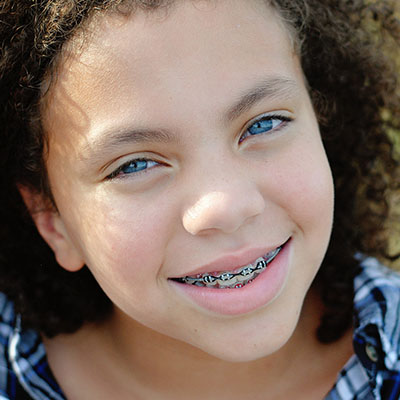
You Want the Best for Your Child
That includes healthy teeth and a pleasing smile. Our goal is to treat your children as if they were our own, by providing them with the best possible orthodontic care.All Kids Should Get an Orthodontic Check-Up By Seven Years Old
To have a smile that's long lasting and more importantly healthy, your child needs teeth and jaws that are properly aligned - in other words, a healthy bite. We recommend that your child get an orthodontic check-up at age seven.Why is age 7 considered the optimal time for screening?
By the age of 7, the first adult molars erupt, establishing the back bite, and the incisors erupt, indicating possible overbite, open bite, crowding or gummy smiles. During this time, an orthodontist can evaluate front-to-back and side-to-side tooth relationships, and subtle problems with jaw growth can also be spotted.Although usually orthodontic treatment is recommended once most of baby teeth have been lost, in few cases there are tremendous benefits for starting the treatment early. Dr. Taryn recommends monitoring your child's growth and development, and then, if indicated, begin treatment at the appropriate time for your child. In other cases, Dr. Taryn might find a problem that can benefit from early treatment.
Early Treatment
Early treatment (also known as Phase One), typically begins around age eight or nine (Phase Two will begin around age 11 or older). Early treatment may prevent or intercept more serious problems from developing and may make treatment at a later age shorter and less complicated. In some cases, Dr. Taryn will be able to achieve results that may not be possible once the face and jaws have finished growing.
Signs the bite is not right
It's not always easy to tell when your child may need braces or has an orthodontic problem. Even teeth that look straight may be hiding a problem bite. Here are some clues that may indicate the need for orthodontic attention:
- Early or late loss of baby teeth
- Difficulty in chewing or biting
- Breathing through the mouth
- Thumb-sucking
- Crowded, misplaced or blocked-out teeth
- Jaws that are too far forward or back
- Biting the cheek or biting into the roof of the mouth
- Protruding teeth
- Upper and lower teeth that don't meet, or meet in an abnormal way
- An unbalanced facial appearance
- Grinding or clenching of the teeth
Malocclusions ("bad bites"), like those illustrated below, may benefit from early diagnosis and referral to an orthodontic specialist for a full evaluation. If your child has one or more of these dental issues, please contact us by setting up a consultation. We would love to discuss your child's orthodontic options and develop a treatment plan that is customised to your child's needs and desires.
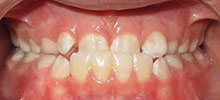
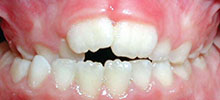
Habits
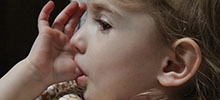
Bite
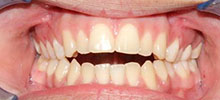
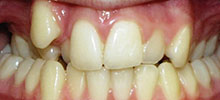
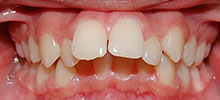
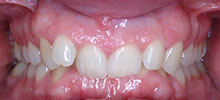


Why should malocclusions be treated?
- Crowded teeth are more difficult to properly brush and floss, which may contribute to tooth decay and/or gum disease.
- Protruding teeth are more susceptible to accidental chipping.
- Crossbites can result in unfavorable growth and uneven tooth wear.
- Openbites can result in tongue-thrusting habits and speech impediments.
- Improve appearance and self-esteem in your child
